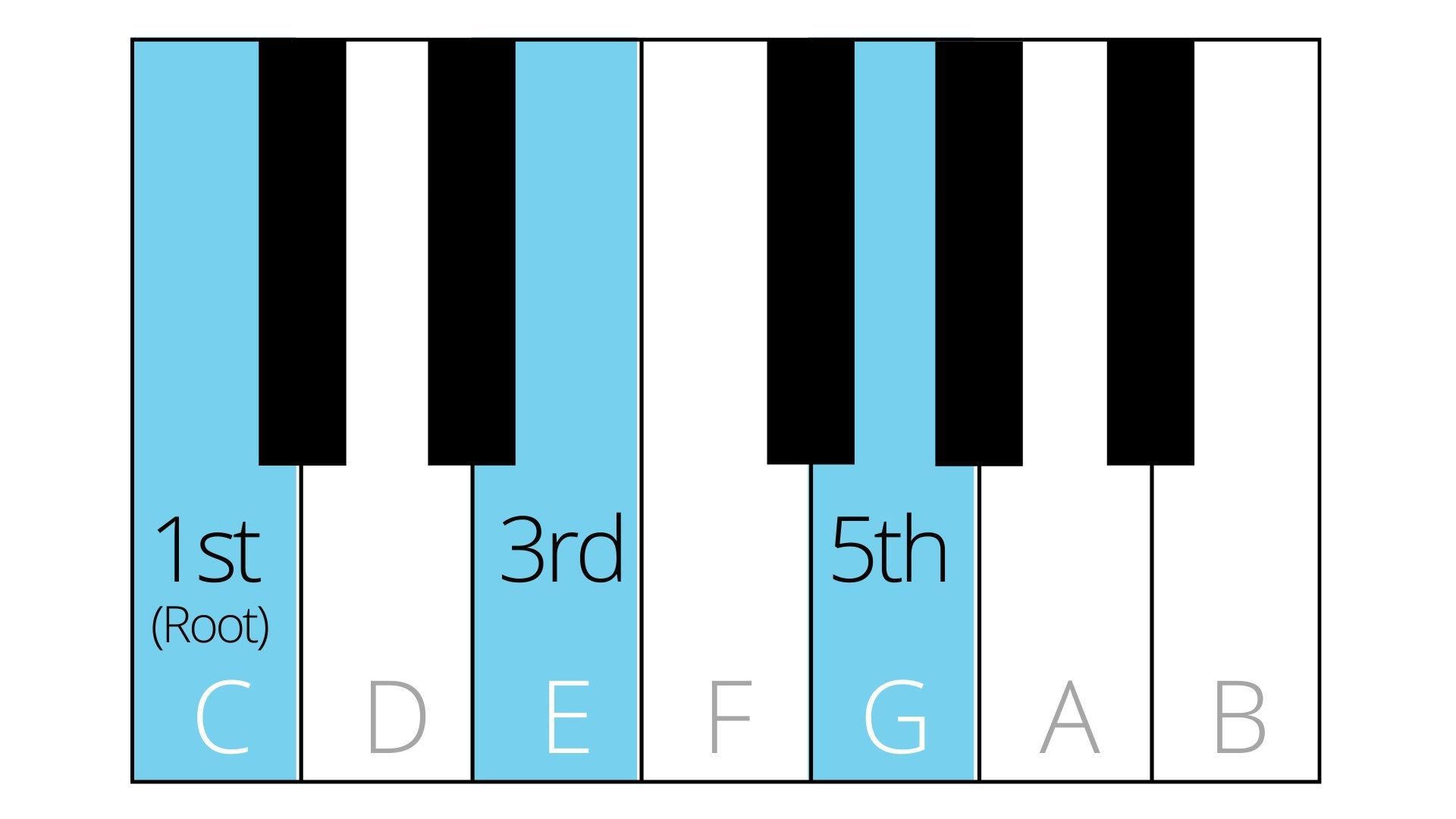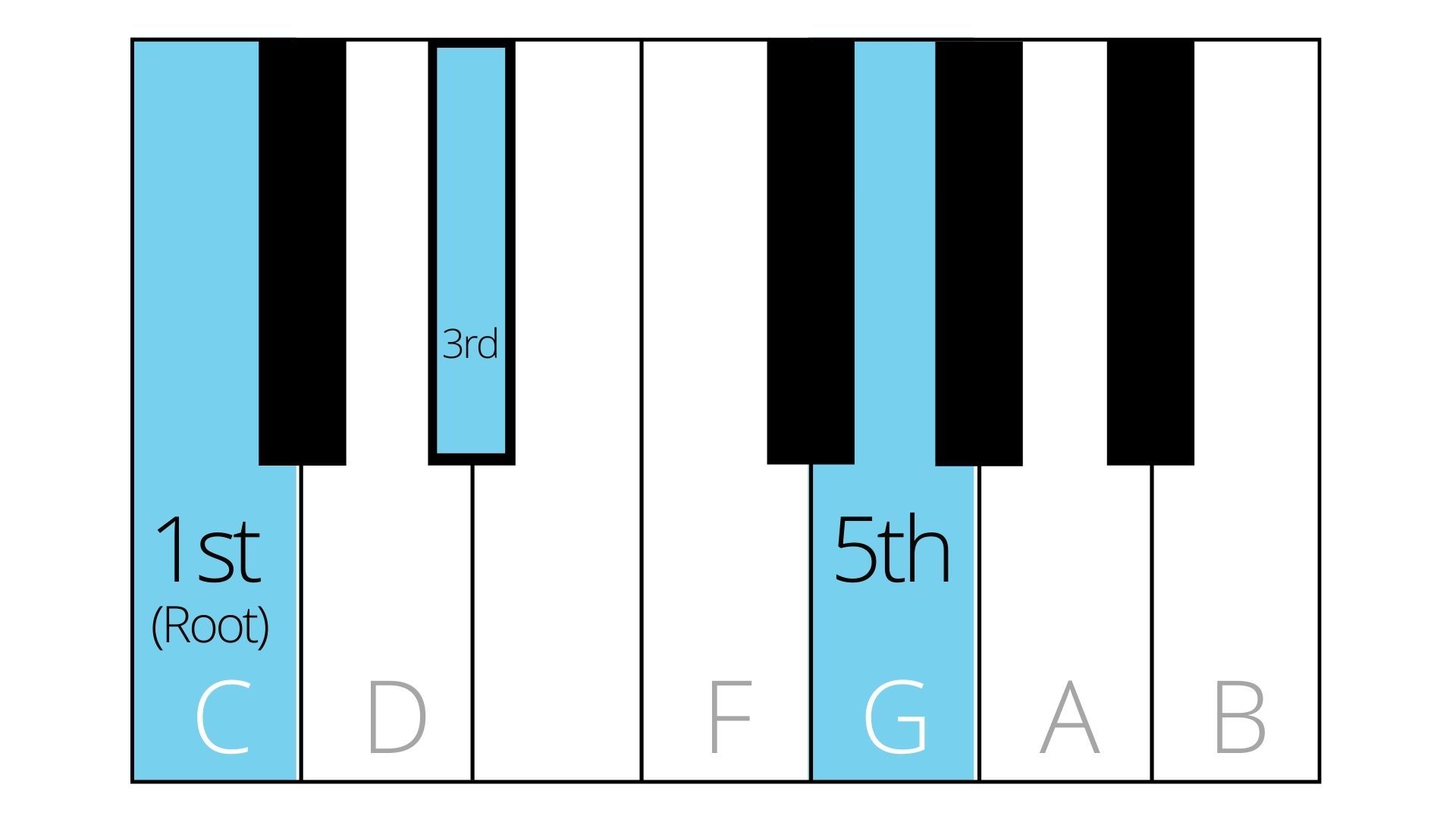How to Harmonize for Beginners + Simple Songs to Get Started

Harmonies are a daunting concept to beginner singers. Not only do you have to focus on your pitch and rhythm, but you also have to sing an unusual melody over the top of the melody you are used to singing. Learning to harmonize is not as hard as you think and this article will help you learn the basics.
Beginner harmonies are taken from a simple chord. This includes the root note, a major or minor third and a perfect fifth. The main melody will use one of these notes, so you can choose a harmony from the other two notes. The harmony then follows the main melody up and down throughout the song.
It is difficult to explain how to harmonise in one simple paragraph, so you can find a more detailed explanation of this below. You will also find some songs you can try as a beginner to practice harmonizing.
How to Harmonize for Beginners
If you can hold a pitch, you should be able to hold a harmony. Harmonies are notes, other than the melody, that fit within a particular chord. The first thing to learn with harmonies is how to find these other notes in the chord.
Harmonise from the Root Note
Picking a harmony from a single note is a matter of finding either the 3rd or 5th note above (most common harmonies). The original note, as well as the 3rd and 5th note, make up a simple chord.
Finding a '3rd Above'
To find the 3rd note above, you will need to sing four half-steps higher. You can find this on a piano by counting four piano keys higher (including black keys). Otherwise, remember that this is the same as the interval in 'Kumbaya' or 'When the Saints Go Marching In'.
Finding a '5th Above'
To find the 5th note above, you will need to sing seven half-steps above the original note. Again, you can find this on a piano by counting seven white and black notes above the original note. Alternatively, this interval is the same as that in 'Twinkle Twinkle'. You can find examples of many different intervals in this article.

Once you have found either the 3rd or 5th note above the 'root note', you will need to practice singing and holding this note while someone else holds the root note. If you can hold this note at the same time as the main melody (sung by someone else), you are harmonizing.
However, this only works when harmonising to a single note. When harmonizing in a song, the main melody will not always follow the root note in each chord. This is why you also need to understand chords.
Understand More About Chords
Understanding chords can be very helpful when singing harmonies. Many melody lines do not follow the root note of the chord. This means that singing a 3rd or 5th above the main melody may not always be the right harmony for the song.
If the melody is based around the 3rd note of the chord, one harmony will be below the melody (around the root note) and one will be above (around the 5th note). The most important thing is to establish the root note of the chord.
Root Note of a Chord
The root note is the note that the chord is named after. For example, the root note of C Major is C, or the root note of A Minor is A. It's as simple as that. Once you know the chord and root note, you can work out which note the main melody is within that chord and choose a harmony from there.
Major and Minor Chords
There is also a difference between major and minor chords when it comes to harmonies. These are the two most common types of chords found in music. Major chords follow the formula mentioned above for finding the 3rd and 5th notes.
In a minor chord, the 3rd note is only three half-steps above the root note, as you can see in the picture below. You can remember a minor 3rd interval by thinking of the song 'Greensleeves'. The 5th note is still seven half-steps from the root note.

Chord Charts
You can find the chords to any song by looking online (such as typing 'Twinkle Twinkle Chords' into Google). Official PVG (piano/vocal/guitar) sheet music will always have the chords written above the music, but many people create chord charts for free. These consist of a set of lyrics with the corresponding chords written above each line.
In a chord chart, a major chord is listed as its root note (eg. 'C' for C Major), whereas a minor chord is listed as its root note with an 'm' next to it (eg. 'Cm' for C Minor).
Working Out the Harmony
Harmonies will generally follow the same pattern as the melody. In other words, however many notes higher or lower you are from the main melody to begin with, you will usually stay that distance for the rest of the song. I will explain this in more detail below.
1. Where Does the Melody Start?
First you will need to look at the first note of the melody and analyse the corresponding chord. If the melody starts on a G, but the chord is a C Major chord, then the melody is taking the 5th note of the chord. You can therefore choose to sing the 3rd or 1st (root) note for your harmony (E or C respectively).
2. Stay Close to the Melody
Harmonies sound more blended when they are close together. Therefore, if you are the only person harmonising, you should choose the harmony closest to the melody. In the example above, you would choose to sing an E because it is closer to the G.
3. Follow the Melody Line
One you have chosen your harmony, you will then need to follow the pattern of the melody line. If the melody goes up or down, the harmony will follow. If the melody goes up by a semi-tone (half-step), so will the harmony.
As an example, the melody might follow a pattern like this: G, A, B, C, B, A, G.
The harmony for this would therefore be: E, F, G, A, G, F, E.
4. Watch for Chord Changes
Sometimes the harmony does not follow the melody line because of a chord change. You should notice that the harmony does not sound nice in this section of the song.
In this case, all you need to do is look at the notes of the chord and choose one that flows with the other notes you have been singing. To avoid this, you can look at each chord in the song and make sure you are singing one note from within that chord.
Easy Harmony Songs for Beginners
As a beginner, it is best to start simple with your harmonies. In fact, I started by harmonizing one chord at a time with my mother and sister. Mum would pick the root note and we would have to pick between the 3rd and 5th notes, holding the chord until we blended nicely.
If you want to practice with actual songs, try starting with slower songs that have simple lyrics. Below are a few songs you could try if you can't think of any or are struggling to find easy ones.
Hymns and Carols
Hymns and carols are known for their simple yet beautiful harmonies. This is a great place to start because they are also usually quite slow, allowing you more time to pick and hold your harmony. Below are a few examples you could try.
- Silent Night
- I Surrender All
- As the Deer
- Joy to the World
- Mary, Did You Know?
Song with Easy Harmonies
Below are some other good examples of songs with relatively easy harmony lines. Again, these songs are relatively slow, which makes them easier to sing.
- Hallelujah (Leonard Cohen)
- Can't Help Falling in Love (Elvis Presley)
- Perfect (Ed Sheeran)
Alternatively, a capella bands such as the Pentatonix sing songs with very clear harmony lines that you can copy. They also have a range of harmonies to choose from.
3 Top Tips for Singing in Harmony
There are many important things to consider when singing in harmony, but I would say below are my three top tips.
Blend Your Harmony
Blending is incredibly important in harmonies. When you have spent time and effort learning your harmony line, it is tempting to sing as though you were a solo artist. But singing in a group requires you to sing the same as your peers, specifically the following aspects.
- Volume (although sometimes the main melody can be louder)
- Pronunciation
- Timing
Pick the Right Harmony
When harmonising, it is best to pick a harmony that suits the song. In general, if the main melody is high, it is better to pick a lower harmony. If the melody is low, it is better to choose a higher harmony. This keeps the average pitch of the song within a nice range.
This can vary depending on the song you are singing, but it's good to try out a few different harmonies to see which one sounds best. As I mentioned earlier, you should also keep your harmony close to the main melody (usually a third above or below).
Practice Your Harmony - A LOT
This wouldn't be the top 3 tips if I didn't include practice. Practicing your harmony, both alone and in your group (or with a recording), will help you become more confident. This will reduce the chance of being distracted by the other singers and straying from your harmony.
Make sure you practice in the key you will be performing in. If you don't, you may find the harmony is too low or too high when you sing in the correct key. For more information of the key of a song, take a look at my article on how to accompany yourself on piano.
